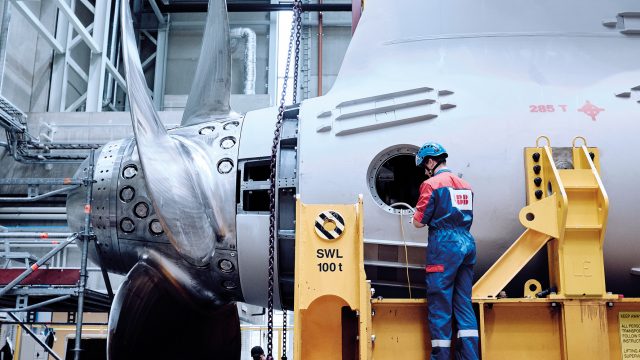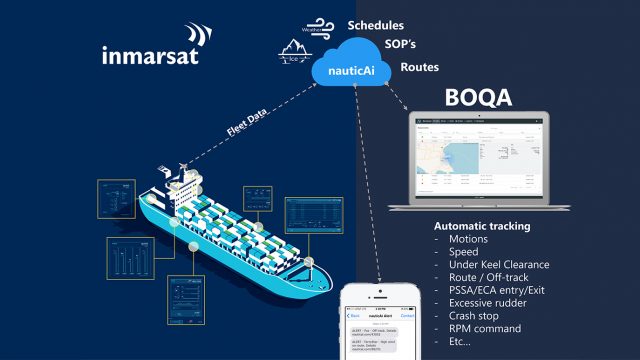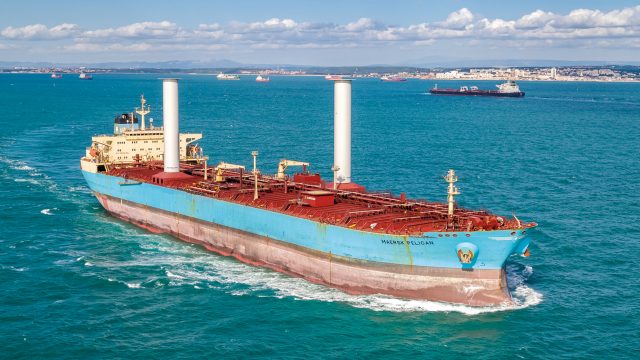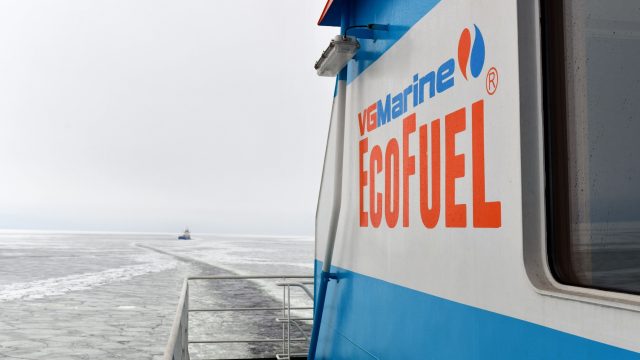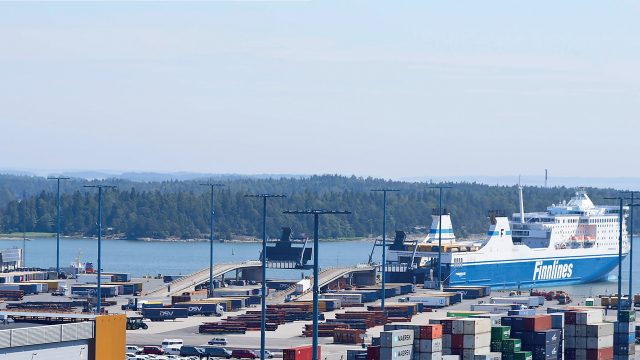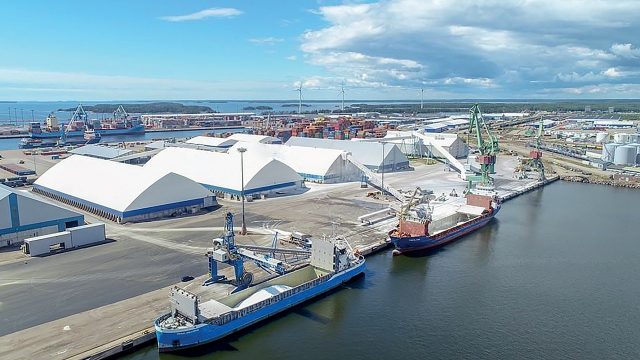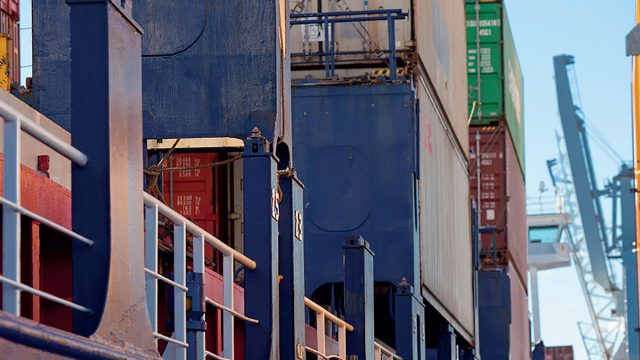Projects supported by the Finnish Transport and Communications Agency Traficom’s 5G Momentum ecosystem are studying how 5G technology and wireless can promote digitalisation and automation in a variety of sectors, such as industry, ports and transport.
The projects are seeking genuine improvements to existing practices and ways to enable new operating and business models. These include logistics, safety and transport connections. Extreme examples would be autonomous buses or smart lanes at ports. “5G boosts three features. Enhanced mobile broadband enables the quick transfer of large amounts of data, such as video materials. Low-latency and greater reliability enable robots or autonomous buses. The Internet of Things (IoT) enables a massive amount of sensors for data collection.
In the future, it will be possible to slice the capacity of a 5G network. A specific slice could specialise in the use of IoT devices, while another could serve automation requiring low-latency,” says Heidi Himmanen from the Finnish Transport and Communications Agency Traficom.
“A large number of sensors can be connected to the network for data collection. Data is food for artificial intelligence, which can use it for functions such as video identification or determining maintenance requirements. Sensor batteries can last for up to ten years. 5G brings not only increased speed but also lower latency. This would, for example, enable the remote control of
harbour cranes,” says Himmanen.
Himmanen says that, although we cannot yet know the exact characteristics of the 5G networks and the progress they will bring, tests are already giving us a good idea.
“We’re now having the first user equipment that support the first version of 5G on the market. Many trials are using prototype devices whose features can be adapted during testing. Although enhanced 5G broadband is already entering the consumer market, many features for automation and robotisation are still at the standardisation stage.
But in a few years’ time, we will come a long way.”
Port projects
One example of partial automation is automooring, that is, mooring vessels without the need for onshore personnel. The Port of Rauma’s smart lanes provide data about climatic conditions. About a year ago, the Port of Hanko launched UnitSpotter – “a dating service for transport” – which seeks to match cargo with free transport units. The freight forwarding agent uses a browser based service to enter details about the cargo, such as what type of transport unit is required and when. Alternatively, the transport company may announce what kind of transport units are currently free.
This reduces empty runs, which in turn improves cost-effectiveness, reduces coordinators’ workloads, and helps the environment.
The service is free and open to all registered users operating in the sector. Development work is continuously being carried out – for example, map views and scheduling make the service more user friendly.
In the Port of Oulu a project called 5G- Viima is developing situational awareness and camera apps with funding from Business Finland. The Port of Turku is currently working on an EU-funded project called SecurePax, which is seeking increased control and safety in passenger traffic. This project aims to develop methods to better identify passengers and ensure that prohibited goods and items are not brought onboard. Passenger ports in both Turku and Stockholm will be piloting security and ICT solutions.
A report on this will be published in the summer.
More time is spent at larger ports. The Port of Hamburg has tested 5G networks that harness IoT and Industry 4.0 applications. The port authority’s vessels are equipped with sensors that collect data about a ship’s movements at the port. A second pilot boosted the efficiency of traffic control from a remote monitoring centre. In a third pilot, 3D data on port structures was sent to an augmented reality app, enabling viewers to use smart goggles to explore new buildings planned for the port.
Concrete ideas for the Port of HaminaKotka in a year’s time
The 5G Finlog – 5G Future Innovation Platform for Logistics -project, which is funded by the Structural Fund of Southern Finland, is exploring opportunities to harness 5G in the HaminaKotka port areas of Mussalo. Mussalo is an industrial and port zone that contains industrial manufacturing, warehouses and an extensive port. The project is setting up a research and innovation platform based on 5G technology and building a 5G Test Network to execute different 5G related technology pilot use-cases.
“Our project is finally taking shape as the structure and specifications for the 5G Test Network are finished. Next we ́ll build the network and implement testing at the site. The actual 5G pilots will be launched on the first quarter of 2021,” says Project Manager Jonne Holmén from South-Eastern Finland University of Applied Sciences.
The test environment will be established in a diverse environment. Up to a million sensors can be placed in an area of one square metre. The port’s entire infrastructure will be controllable via the
sensor network.
In a physical business environment that requires the transportation of dangerous and valuable products, sensoring and optimisation could have a favourable impact on logistics processes. Turna-
round times for trucks and ships will be shortened, and the port’s cargo handling systems can be made as efficient as possible.
“In a 5G environment, cloud and edge computing will enable two-way data transfer in the machine environment. 3G and 4G are good, but 5G is necessary for IoT applications and will also enable the use of sensor technology,” says Ulmanen.
What would be a concrete idea at this stage?
“Our aim at this point is to test high capacity camera uplink application and NB-IoT road surface measurement sensors. In addition we’ve been brainstorming whether artificial intelligence could boost the efficiency of port production, or whether port air quality could be controlled with the aid of emission measurements, or if drone technology could be combined with thermal cameras whose
HD images could be sent to security stations. These discussions are trying to determine what is sensible and appropriate, and to what extent. How far is it worth taking automation and digitalisation?” wonders Holmén.
TEXT: TERO ELSILÄ
PHOTO: Finnish Transport and Communications Agency Traficom
















